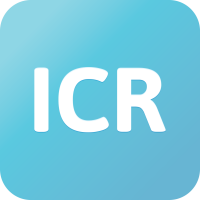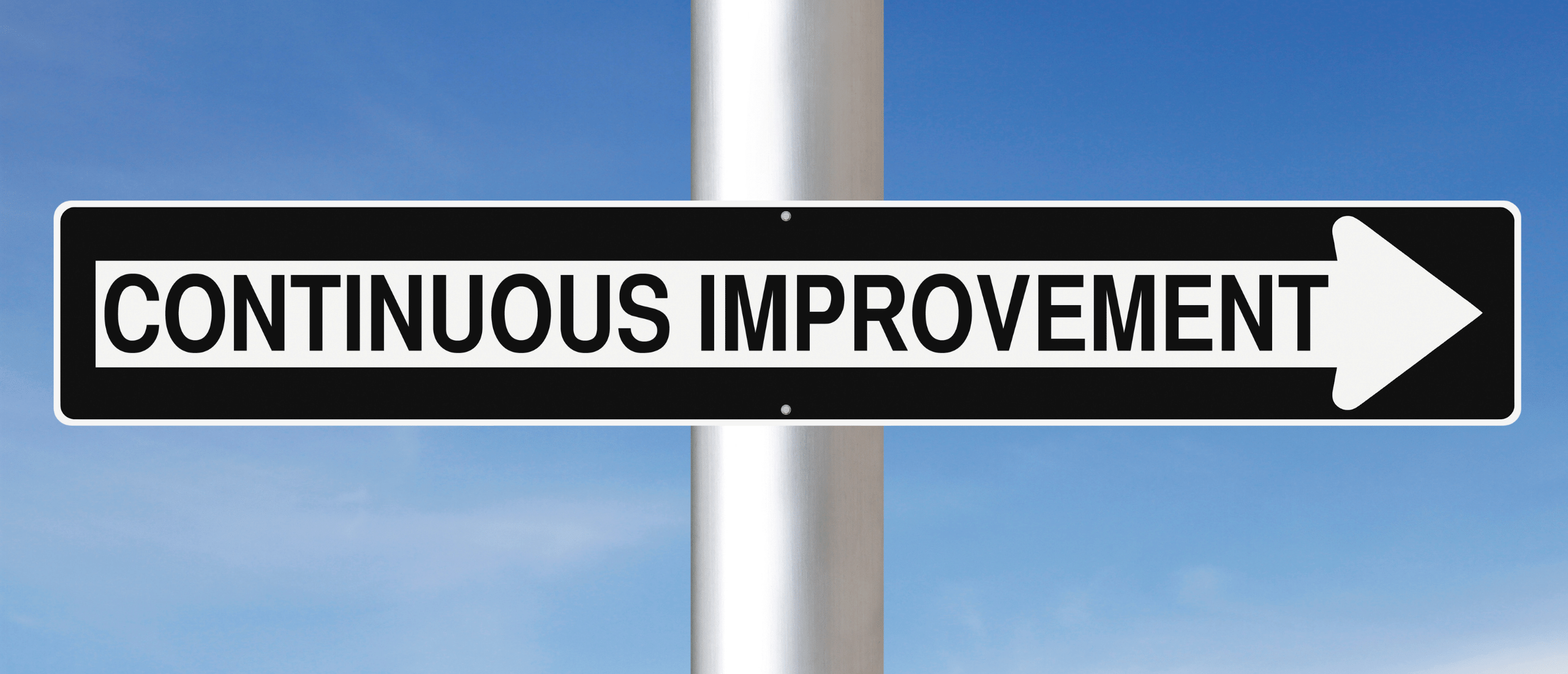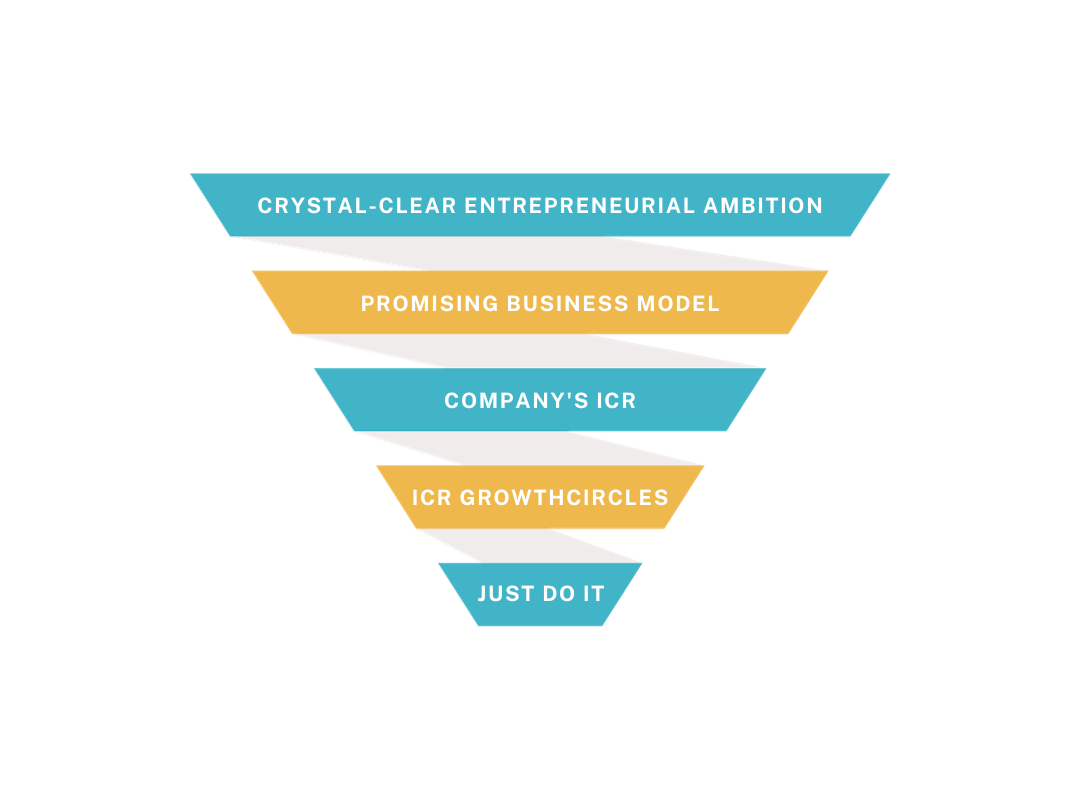
For most small and medium-sized enterprises (SMEs), governance is something far away. In other words, measures of good governance are not yet part of daily practice. Particularly explosive growth and/or external demands, for example from an external financier, have changed this to date. Especially to make the likelihood and impact of risks manageable. Oddly enough, because fundamentally every entrepreneur wants to be successful and certainly not fail. Thus, corporate governance aimed at SMEs is actually relevant for every entrepreneur: it is about having control over realizing entrepreneurial ambition. And there's quite a lot involved. Therefore, we will be paying ample attention to this unexplored area in the world of the entrepreneur in the coming period.
Today, Route ICR shares the third article from the series 'How to practically implement SME governance'.
SME Governance Summarized and Expressed in a Single Number
Amsterdam, August 11, 2021 - Entrepreneurship is simple. But the hardest thing there is to do is to run a business simply. But why is that? Let's talk about this in the coming period. And also look at how this problem can be solved. Today, Route ICR shares the third article from the series 'How to practically implement SME governance'.
Everything in your organization is interconnected. Actions or decisions in one process almost always impact performance in one or more other processes. That's exactly why it's so important to work from an integrated management approach. All-encompassing and interrelated, as a basis for focus in your business.
The ICR and Five Growth Circles for Structure and Focus
Structure helps to steer towards the goals to be achieved and to be in control. Focus helps to continually improve as an entrepreneur, team, and organization. So that you deliver top performances, achieve set goals, and ultimately realize your entrepreneurial ambition. To maintain focus, the performances within your organization must be transparent and measurable.
That's why we introduce the ICR (= InControlRating) to provide structure. With COSO ERM as a source of inspiration, the ICR is derived from the five growth circles: Multi-year, Daily Business, Measuring is Knowing, Compliance, and Care. Essentially, these form the foundation of your company's growth process. Because to achieve your goals, you need to keep growing continuously. Growth here represents progress, both in terms of getting better and becoming larger.
Insight into Where You Are and Where You Want to Go
Working from your company's ICR makes goal-oriented entrepreneurship much more manageable. And simpler. This way, you manage the process of going from ambition to result. SMB governance summarized and expressed in a single number. Because the ICR provides insight into the extent to which you are in control of this process. And what you need to do to improve this process. From the five growth circles, you ultimately manage 33 ICR objectives. An objective is nothing more than a long-term goal that your organization strives for. And with these objectives, you actually get to work. Goal-oriented entrepreneurship, together with your team!
Grading System
Working with grades for the 33 objectives makes the approach understandable. Thus, it's executable for everyone. The grades also provide overview and insight. Because on a single A4 sheet, it's clear where the bottlenecks are that need to be addressed first. The higher the grade of an objective, the better it contributes to your company's ICR. As a company, you aim for ICR 1 because the chance of successful entrepreneurship is greatest. So, implementing SME governance in practice doesn't have to be that complicated!










